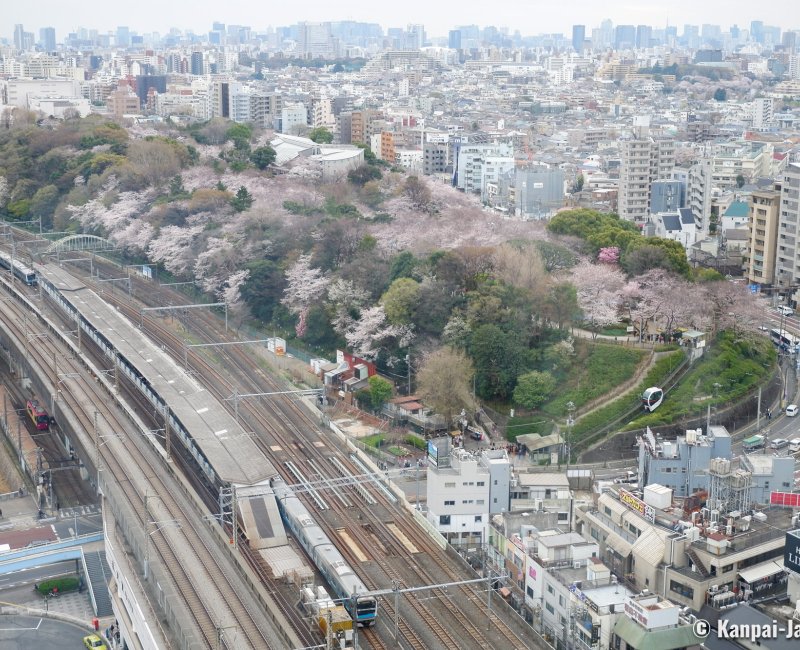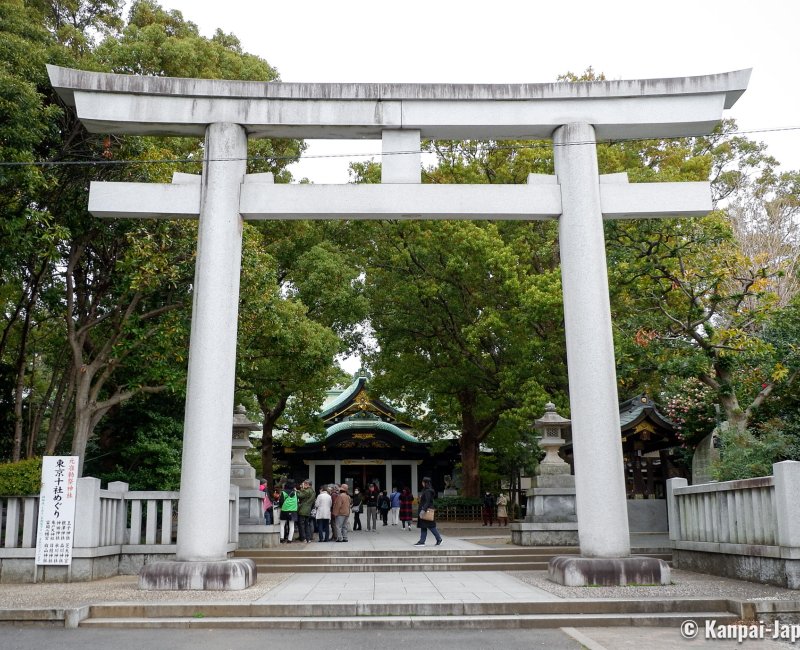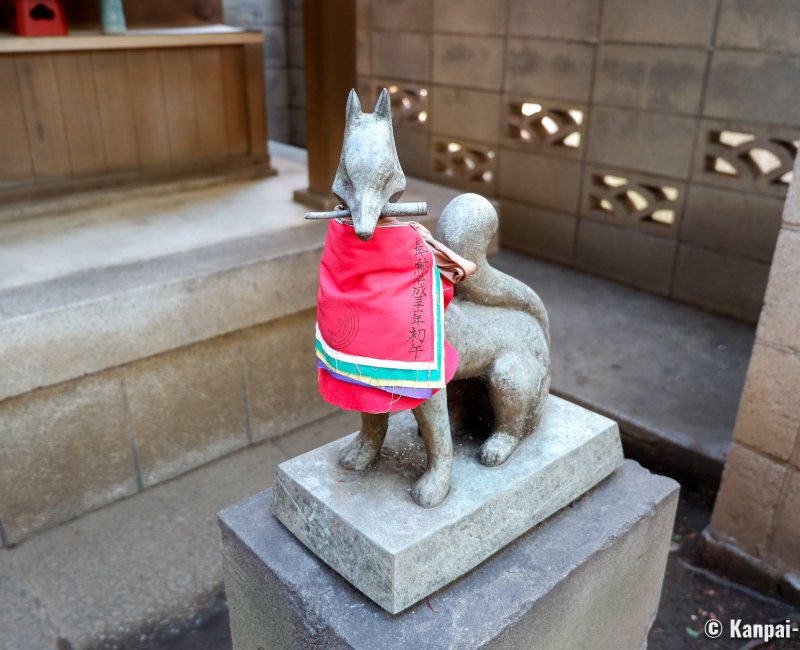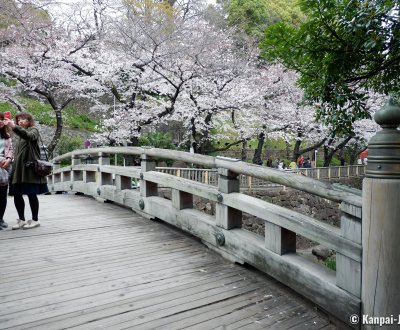Oji
The Green Neighborhood in the North of Tokyo
Oji is a district of Kita ward located in the north of Tokyo. A green and residential area, it is a human-sized part of the Japanese capital where people feel good to live. The exploration of Oji is more suitable to travelers looking for alternative visits in Tokyo.
A few train stations away in the north of Ueno and Nippori, Oji district is lesser known by tourists visiting Tokyo. However, the reputation of Oji started to grow from the Edo period (1603 - 1868) when the inhabitants of the feudal capital enjoyed its green countryside. The bucolic banks of the Shakujii-gawa river do indeed have a pastoral charm that contrast with the fortified moats of Edo castle 🏯. The area thus became a source of inspiration for artists, especially for Utagawa Hiroshige (1797 - 1858) who captured in his famous ukiyo-e etchings some of Oji’s characteristic landscapes around the river.
A few year later, in 1883, Oji had a first train station inaugurated that helped in the economic development of the area and attracting various businesses, such as printing-houses and chemical industry. The northern suburb of Tokyo thus was one of the important industrial areas at the city’s doorstep.
Oji is now a prime location for Tokyo dwellers looking for a green setting in a human-sized environment, close to the roads and trains serving the center of the capital and Saitama prefecture.

Walking from parks to the river
Just right at the exit of Oji station, served by the JR train, the subway 🚇 and the Toden Arakawa tramway, you’ll find Asukayama (飛鳥山公園) and Otonashi Shinsui Koen (音無親水公園) parks that are representative of the neighborhood. The first one, spreading on a hill, becomes each year a popular place to celebrate ohanami, under a thousand of blooming cherry trees 🌸 planted by shogun Yoshimune Tokugawa (1684 – 1751) in the early 18th century.
Otonashi Shinsui Koen (Otonashi Water Park) is smaller and arranged around the formed bed of the Shakujii-gawa river, that is accessible by stairways. It is home to replicas of past constructions such as a typical Japanese bridge and a wood water wheel. The urban park offers visitors a timeless haven of freshness and the ideal place for a picnic and a relaxing moment.

Oji’s 2 shrines
Two Shinto enclosures, located barely 300 meters apart from each other, can be visited when strolling in the area. First the tall torii ⛩️ gate of Oji-jinja (王子神社) appears, as it is one of the 10 most important shrines of the capital, the Tokyo-jissha. Founded near 1321, its origins can therefore be traced to the end of the Kamakura period (1185 - 1333).
The main pavilion, built in the ishi-no-ma-zukuri architectural style, enshrines the female deities Izanami no Mikoto and Amaterasu Omikami that are prayed for happy weddings and good couple relationships. The site is also home to an ancient, nearly 600 years old ginkgo biloba. In August, Oji-jinja organizes its famous dengakumai dance performances, and a procession of mikoshi portable shrines in the neighboring streets.
Very popular among the locals, the 2nd shrine called Oji Inari-jinja (王子稲荷神社) is sitting in the heart of the residential area, on the side of a woody hill. Past the charming vermilion red main pavilion, you’ll find a path with small torii gates tunnels and steep stairways to the secondary buildings. Note that the sacred grounds is shared by a pre-school, so the main gate is closed during the school’s hours, and access is allowed by a secondary entrance.
In the grounds, the sculptures of the kitsune fox, the divine messenger of kami Inari, the protector of harvest and business, are everywhere. On the night of December 31, for the New Year, we recommend attending the Oji Kitsune no Gyoretsu (王子狐の行列) matsuri, an enchanting night parade dedicated to the fox-god.

The streets around the stations have plenty of restaurants, izakaya traditional bars and a shotengai covered shopping street, an arcade game and a batting center to try one’s hand at baseball. Ramen 🍜 amateurs are advised to try the noodles at Chuka Soba-ya Ito, a small eatery of a dozen of seats renowned for its unique clear broth, flavored with chicken and niboshi sardines.
Nearby, the observatory at the Hokutopia Tower is a good place to end the tour, with an elevated view on Oji’s area and its many railway tracks, including the one used by the Tohoku Shinkansen 🚅.


